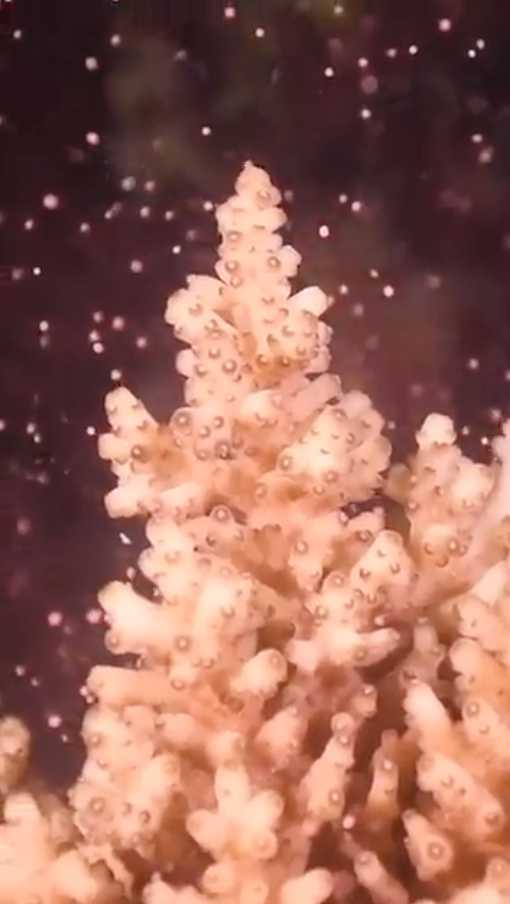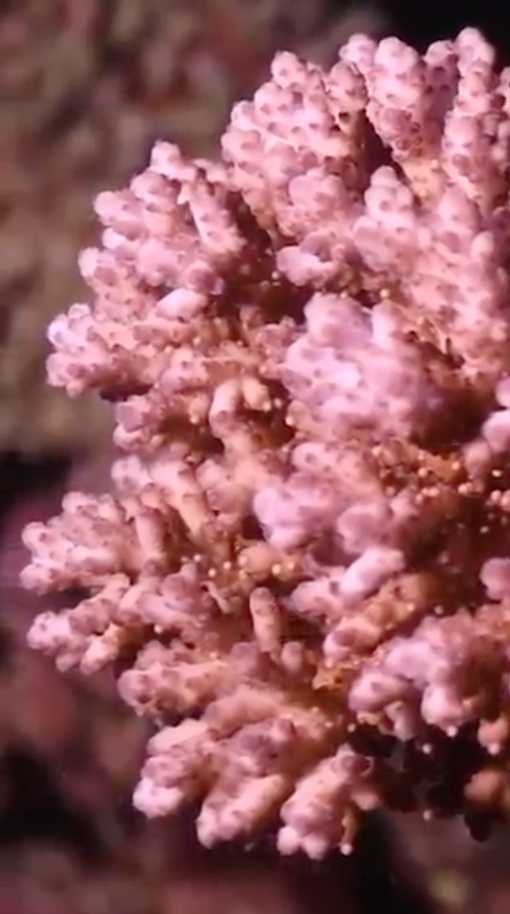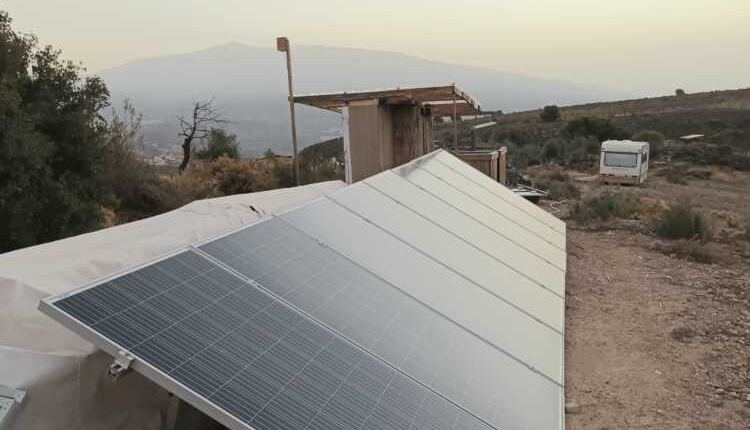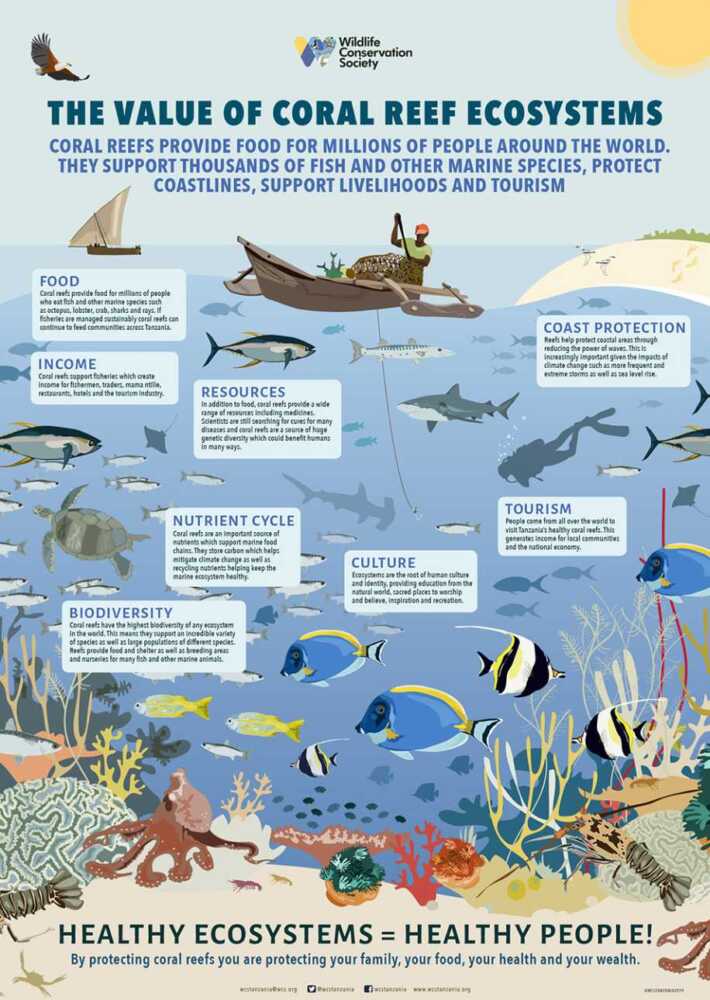The most important event of the year, coral spawning.
We are awaiting the most important event of the year, coral spawning.
Coral reefs are fragile, and we have seen a decline in reef health around the world in the past years. Coral reefs are sensitive to warmer temperatures, increased wave actions and weather events and these are all consequences of a changing climate.
Yet, coral reefs are resilient. Despite the challenges, the reefs around the world experience, the corals on the reef continue to reproduce and naturally recover.
Once a year a remarkable natural phenomenon takes place on the Great Barrier Reef, coral spawning. The biggest reproduction show on Earth.
When the conditions are ideal, corals simultaneously release eggs and sperm bundles into the water.
This amazing video is produced by our friend, Tiani Dun.
Long term monitoring of the reef by the Australian Institute of Marine Science (AIMS), has shown that the majority of the Great Barrier Reef has recorded its highest level of coral coverage in over three decades. This is an indication of the widespread recovery of the biggest organism on Earth. Isn’t that just amazing? Read their annual summary report on coral reef condition 2021-22 report here.
According to Dr Dean Miller, marine biologist and director of the Great Barrier Reef Legacy, a successful spawning event means the reef is in a state of recovery and repair. “In 2021, we had the best coral spawning event since 2016”. Today, we can only wish for another astonishing and successful spawning event to bring new life and new corals to settle on the Great Barrier Reef.
This yearly event gives me hope. Despite the challenges the GBR is undergoing, there is a sign of new life on the way. Let’s cheer for that!
We can’t wait to witness this spectacular event. And hey, look out on your socials. I’m sure there will be plenty of amazing videos and photos shared by underwater photographers and lucky divers.

Photo cred: Pablo Cogollos

Photo cred: Pablo Cogollos
















